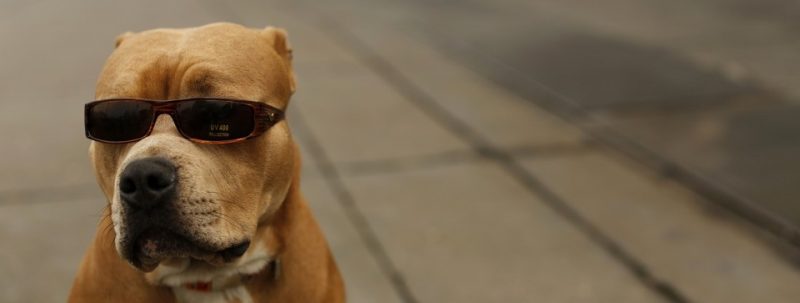
Horrible things are happening today! There are demons in the walls and monsters under the floors. I MUST escape the house to go and chase them away! WHY won’t HairyFace let me OUT!? What could he be thinking? It’s my JOB to keep everyone safe from monsters, postmen, and stray cats!
Monsters in the Basement from Doug Bittinger on Vimeo.
If this won’t play on your device, try it at YouTube.
| If you enjoy our updates, Doggy Tales, and educational articles consider subscribing for notices when new pieces are posted. It’s painless and you can unsubscribe any time you want. Your e-mail address is used ONLY to deliver these notices. | [email-subscribers namefield=”YES” desc=”” group=”Public”] |



